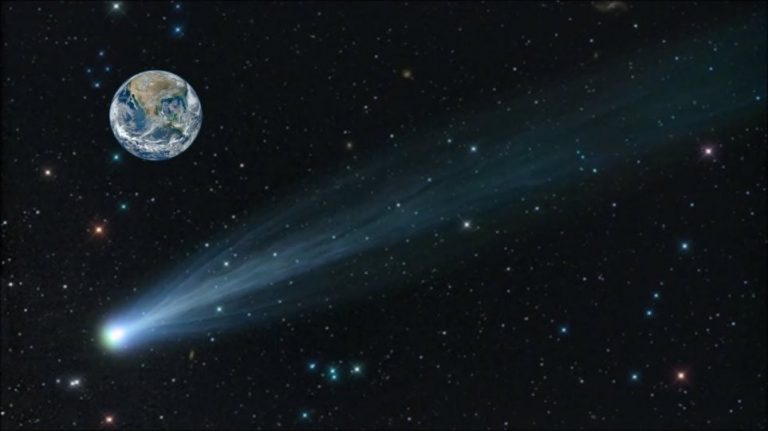Fast radio bursts (FRB) are one of the most mysterious events in the cosmos.
These powerful bursts of energy have stumped astronomers since they first discovered them in 2007. Since then, researchers have spotted evidence of more than 100 FRBs. And now, an international study team team believes it’s uncovered new information about a well-known FRB that could shed light on how they form.
Over the course of four years, the scientists used the 250-foot-wide Lovell Telescope at Jodrell Bank Observatory in England to study FRB 121102, a previously discovered repeating radio burst. They found that FRB 121102—one of two known repeating FRBs—seemed to have a peculiar cycle, flaring up after 90 days and then vanishing for 67 days.
The other repeating fast radio burst, FRB 180916.J10158+56, has a much shorter cycle at just 16 days. The scientists posted their observations June 7 in the journal Monthly Notices of the Royal Astronomical Society.
Instagram censors FBI statistics about interracial crime as “hate speech”
Read more: Popular Mechanics
Ask me anything
Explore related questions





